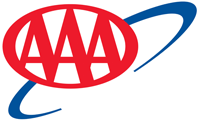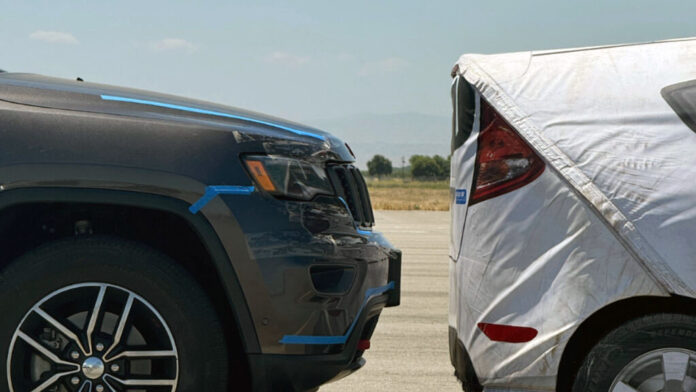 Orlando, FL – AAA’s latest research found that new (2024) model vehicles with automatic emergency braking (AEB) avoided 100% of forward collisions when tested at speeds up to 35 mph, in comparison to old (2017 – 2018) model vehicles, which only avoided collisions 51% of the time.
Orlando, FL – AAA’s latest research found that new (2024) model vehicles with automatic emergency braking (AEB) avoided 100% of forward collisions when tested at speeds up to 35 mph, in comparison to old (2017 – 2018) model vehicles, which only avoided collisions 51% of the time.
AEB uses forward-facing cameras and other sensors to automatically tell the car to apply the brakes when a crash is imminent.
Most new vehicles are equipped with AEB, but earlier this year, the National Highway Traffic Safety Administration (NHTSA) issued a new Federal Motor Vehicle Safety Standard (FMVSS) requiring automakers to include AEB in their vehicles by 2029.
“Since we began testing AEB in 2014, the advancements by automakers are commendable and promising in improving driver safety,” said Greg Brannon, director of automotive engineering research. “There is still significant work ahead to ensure the systems work at higher speeds.”
Over the last decade, AAA has evaluated various advanced driver assistance systems, including AEB, to determine if the technology performs as expected. While these systems continue to be refined with upgraded software and sensors, AAA wanted to see if AEB functionality has improved when compared to older versions.
Background
AAA, in partnership with the Automobile Club of Southern California’s Automotive Research Center, conducted research in a closed-course, simulated environment to evaluate the performance progression of AEB systems on older model vehicles (2017 – 2018) compared to new (2024).
Old and new test vehicles of the same make and model were evaluated at three common speeds (12 mph, 25 mph, and 35 mph) to see how well they performed in a forward collision. Learn more from the full report.
Results
New model vehicles (2024) were nearly twice as likely to avoid a collision as older model vehicles (2017 – 2018) when tested at speeds up to 35 mph, which aligns with current safety standards requiring AEB to work up to this same speed.



